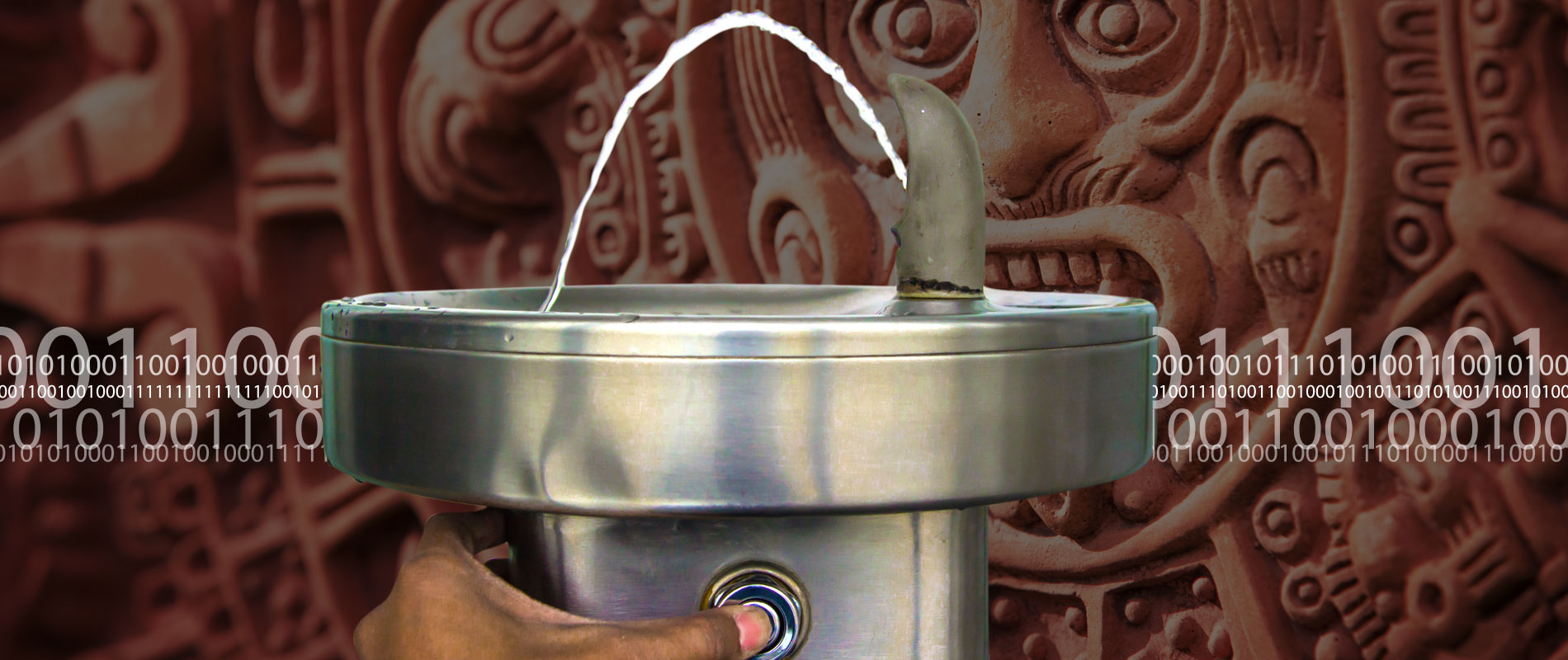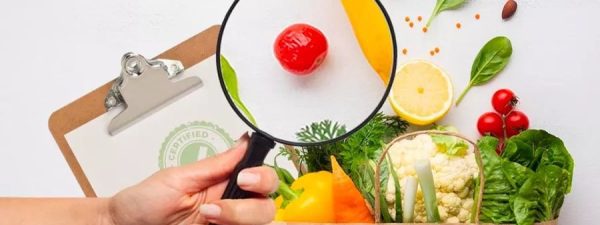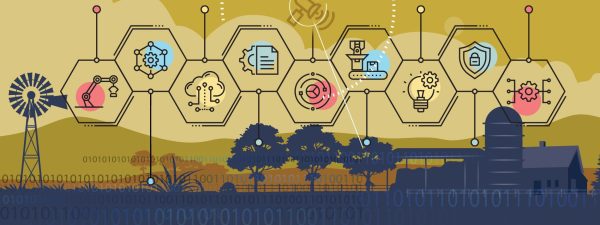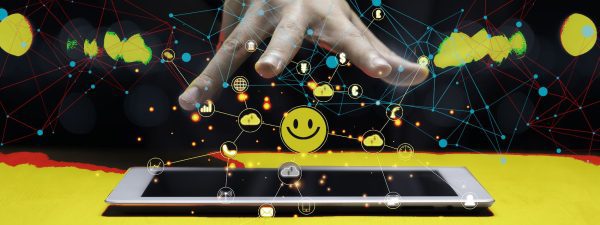Thanks to the Internet of Things (IoT), school children in Mexico City now have access to potable drinking water. The technology that makes it possible utilizes cloud-based software that manages water pressure, conditions, and consumption at drinking fountains.
NDS Cognitive Labs, an artificial intelligence (AI) and tech services firm, has partnered with a Latin American water services company to develop and deploy the IoT system.
Making it possible
Mexico City’s metropolitan area has 19 million inhabitants living at an elevation of more than 7,000 feet, many of whom face water shortages. The State of Mexico provides bulk water from Comisión Nacional del Agua (Conagua), managed by a variety of local agencies and municipalities. To transport that water, the nation has nearly 6,835 miles of distribution lines, with several million water connections. Some of these lines are illegal.
NDS Cognitive Labs, based in the heart of the city, was launched over 15 years ago to provide software-based solutions for smart buildings and smart agriculture. The firm began working with GE Digital in 2015 to develop Industry 4.0 manufacturing solutions.
The company’s software provides AI and machine learning for sensor-based data that can be used by a business’s operations teams. “We wanted to take advantage of how unstructured data supports structured data for decision making,” Gustavo Parés, NDS Cognitive Lab’s CEO, said. In most cases, manufacturers face challenges related to disparate systems used in manufacturing. They often come with a separate IT system that lacks access to the manufacturing data.
In 2019, NDS Cognitive Labs partnered with a water services company that provides infrastructure which collects and moves potable water throughout Mexico. The company had recently won a government contract from the State of Mexico to extend a source of clean, drinkable water to schools and parks. The goal, Parés says, was to ensure children had access to running, high-quality water in the places where they studied and played.
The IoT solution consists of wireless sensors on drinking fountains to capture water-pressure data, and NDS software that manages the data. Information from multiple local authorities regarding potential water contamination for each site is also available, so that the water company can visit specific fountains when necessary. The system gathers the sensor data via a cellular network or Sigfox-based IoT. The NDS software then analyzes the collected information and populates a dashboard with a map that allows users to obtain real-time readings regarding water quality, velocity, pressure, and usage.
A drop at a time
Simply deploying drinking fountains, without intelligence technology, would not solve drinking-water problems in the long term because it would be too challenging for the water company to send employees to regularly visit each of the hundreds of fountains to track water pressure and determine whether filters needed to be replaced. In addition, multiple entities, such as local water authorities, provided inspections at some sites, but the water company lacked access to those reports. Therefore, NDS Cognitive Labs began working with the firm to set up a single, unified system network.
“The first stage we had involved mapping all the areas [where the fountains were installed],” Parés says, “to make sure we could make a centralized decision-making platform.” The system had to be able to consume information accessed from a variety of public authorities. “The second challenge was how we could make sure we have enough filters to address water conditions.” Some fountains may require filter changes more often than others, based on the condition of the water being filtered or the use rate by people onsite.
The new system consists of a blend of manually recorded data and IoT-based filter information to identify filter replacement times. Each drinking fountain comes with an IoT sensor device that measures water pressure, volume, and consumption. The fountain’s pressure data is then analyzed to determine whether a new filter is required. An increase in pressure could indicate the need for a filter replacement, while the heavy use of water could mean the same thing.
The system has a unique ID number linked to that fountain in the software. Data is periodically transmitted to NDS’s server via cellular or Sigfox connectivity, depending on a school’s location. Sigfox then provides IoT connectivity using low-power wide-area transmission. If the fountain requires a new filter, the system can automate the ordering of a filter for that site. Additionally, the software manages data related to the water’s condition based on local inspections, and the water or health authorities share that information with the automated system.
Based on that information, NDS Cognitive Labs’ solution can prompt the scheduling of service personnel to visit a specified fountain. The software comes with AI functionality to calculate conditions for a fountain that might not have been inspected, based on its proximity to other fountains that have been inspected. “We take data from different sources and apply common ranges,” Pares says. This mathematical interpolation method, known as Kriging, estimates a variable depending on the geographical location.
The data enables the water company to set acceptable thresholds based on pressure or volume, for instance. While the software could generate 100 reports from the data being captured, NDS Cognitive labs just had to focus on just two or three indicators. The system has been deployed in Mexico City and across Central Mexico. It could be extended throughout the country, though the government has placed a pause on the deployment for administrative and political reasons.
The partnership between NDS Cognitive Labs and the water company has enabled a network of clean water that could serve thousands of children, with limited human intervention. “It has been a good first approach,” Parés states. “The water company is the water experts, but they don’t have the resources to collect and manage that information.”
IoT is not just available to serve consumers and businesses, but the overall community. As companies continue to make strides in serving the people around them, more people will benefit from the technology and innovation–and live better lives.




